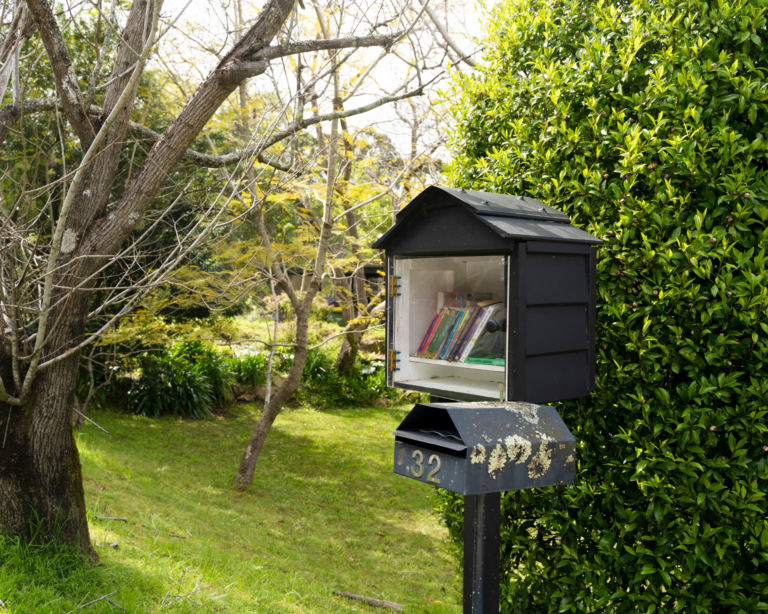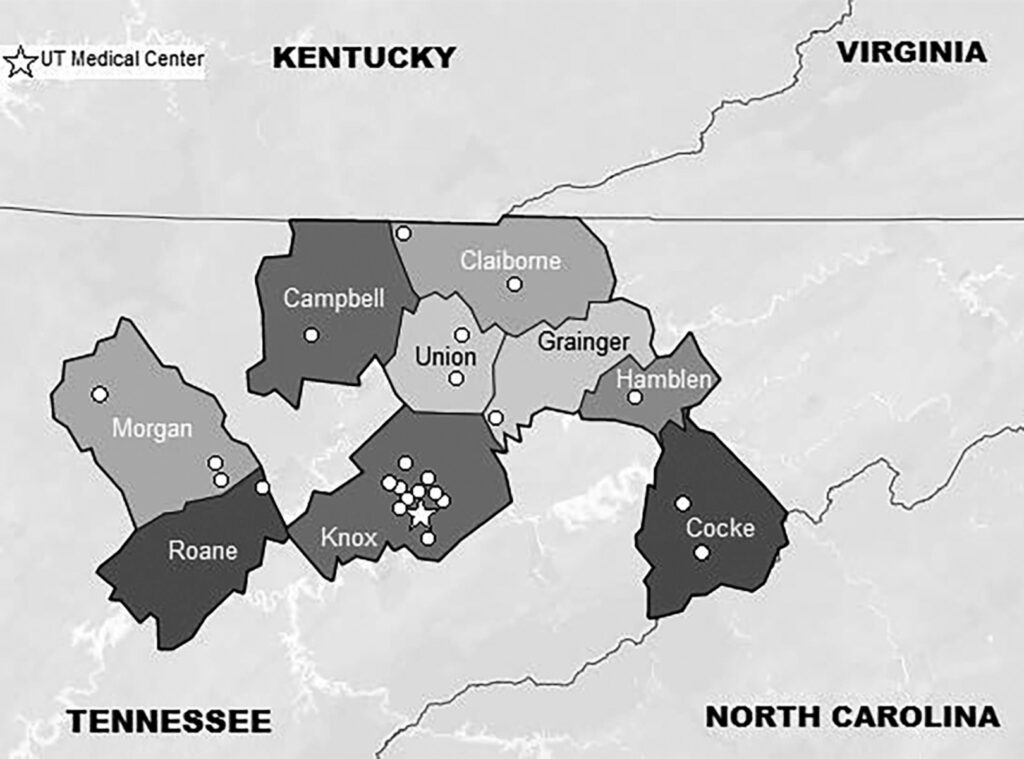Improving Health Literacy One Book at a Time
Little Free Libraries stocked with health-related books may be a promising way to promote health literacy in rural areas.

Read Time: 2 minutes
Published:
Nestled into neighborhoods across the United States, Little Free Libraries stand like oversized wooden birdhouses, allowing neighbors to exchange books with one another. These bookhouses originate from a non-profit organization that promotes literacy and access to books, especially in underserved communities.
Underserved communities have less access to books, internet connection, and transportation to libraries or bookstores. Lack of access to reading material can contribute to lower literacy levels. And lower literacy produces lower health literacy, which is the ability to find, understand, and use health information to make decisions.
Kelsey Leonard Grabeel and Alexandria Quesenberry Wilson used Little Free Libraries in the Appalachian region of Tennessee to test if they could be a tool to provide health information to underserved populations. They identified seven counties and specific zip codes within Knox County (the most populous county in the area) that are medically underserved and have low literacy rates. Twenty-two libraries were identified in the at-risk areas through the Little Free Library website. Researchers also collaborated with an eye clinic in Morgan County to build a new Little Free Library to compare the success of using established versus new libraries to promote health literacy.
Researchers stocked each established Little Free Library with 11 easy-to-read health books published within the last five years, tailored to the health needs of each community. They stocked the new library with 33 books. The books covered health topics such as chronic obstructive pulmonary disease, puberty, diabetes, heart disease, and kidney disease.

The locations of the Little Free Libraries represented in the study are shown in the map above. They were mostly located in easily accessible areas in parks, health centers, and residential neighborhoods.
After five months, the researchers returned to the Little Free Libraries and found that 90% of health books placed in existing libraries were gone. Ten of the 33 books placed in the eye clinic library were also taken.
Researchers concluded that health-related books distributed through Little Free Libraries in underserved, rural communities generated sufficient interest, resulting in residents taking nearly all of the books offered. Whether the books were read, passed around, or affected health decisions remains to be studied. Improving access to health books may be one inexpensive way to promote health literacy and increase community engagement in these libraries more broadly.



